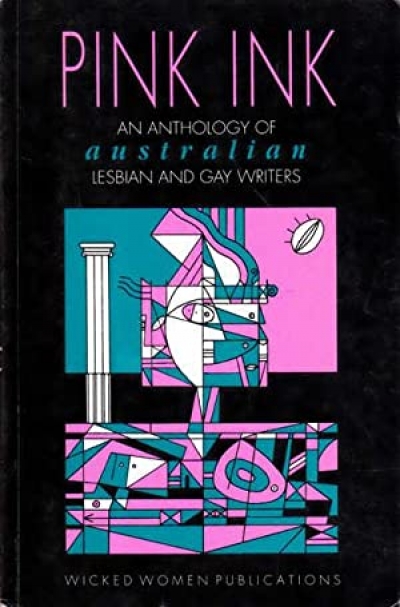Archive
The remarkable Peter Corris has done it again, producing his third book this year, with probably a couple still to come. I say remarkable because, with the occasional lapse, he manages to maintain a high standard of entertainment despite being prolific. No real writer, of course, would countenance publishing one book a year, let alone four or five, but fortunately for crime buffs this is not a problem for Mr Carris, who, one suspects, would happily produce a book every month if the publishers let him.
... (read more)Pink Ink edited by Michael Hurley & Distractions by Benedict Ciantar
Australian Cultural History, Volume 11: Books, Readers, Reading edited by David Walker, Julia Hornen and Martyn Lyons
Thea Astley’s first novel, Girl with A Monkey (1958), signalled the arrival of a writer with a distinctive style. Astley believes that Angus and Robertson accepted the book, although it would not be a money-spinner like the work of their bestsellers, Frank Clune and Ion Idriess, because their editor Beatrice Davis took the initiative in encouraging ‘a different form of writing from the Bulletin school’. The plain Bulletin style, a consciously shaped style representing ‘natural’ narrative, was still the norm in Australian writing in the 1950s, although that decade also saw the publication of stylistically evocative novels like Patrick White’s The Tree of Man and Voss, Hal Porter’s A Handful of Pennies, Martin Boyd’s The Cardboard Crown, A Difficult Young Man, and Outbreak of Love, and Randolph Stow’s The Merry-Go-Round in the Sea, A Haunted Land, The Bystander, and To the Islands.
... (read more)These five books are about war and are all written by veteran infantrymen (except Making the Legend), a fact which is quite relevant. The fiction is every bit as gritty as the non-fiction. There’s none of the glamour that popular thrillers attach to war, and there’s none of the abject horror that literature generally attributes to war. Instead, there is what can only be described as honesty. These books are truly about the work of winning wars; not the glory or triumph, but the face-in-the-mud labour of it.
... (read more)In the thirty or so years that she has been publishing fiction, Thea Astley has mapped out a literary territory very clearly her own, a territory that is defined in the first place by regional geography.
... (read more)What is the relation between poet and critic? No, not a topic for yet another tedious and oppositional debate at a writers’ festival. Rather, a question about the nature of oppositions, and the possibility of disrupting, or even suspending them, in the varied and delicate acts of literary criticism. Let me frame my question even more precisely: who is the ‘Gwen Harwood’ to whom I refer when I write about the poetry of a women who in recent years has become increasingly public, celebrated and accessible?
... (read more)





